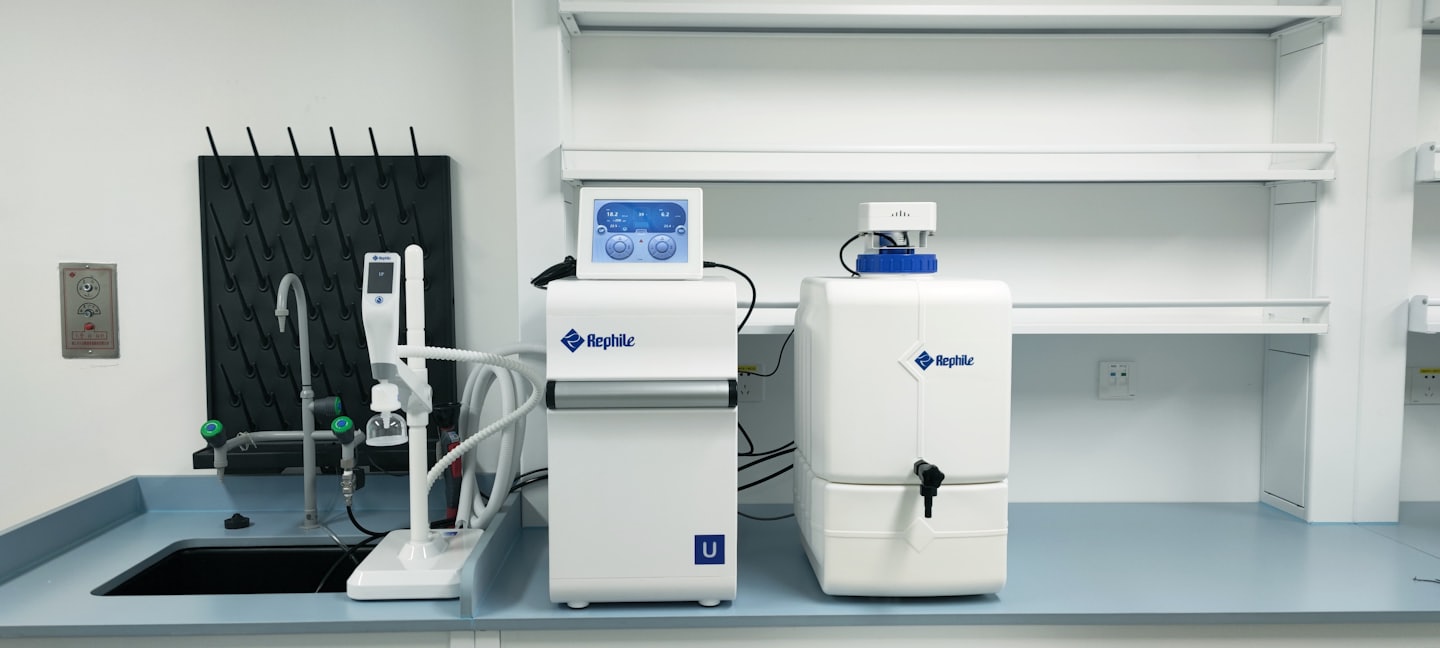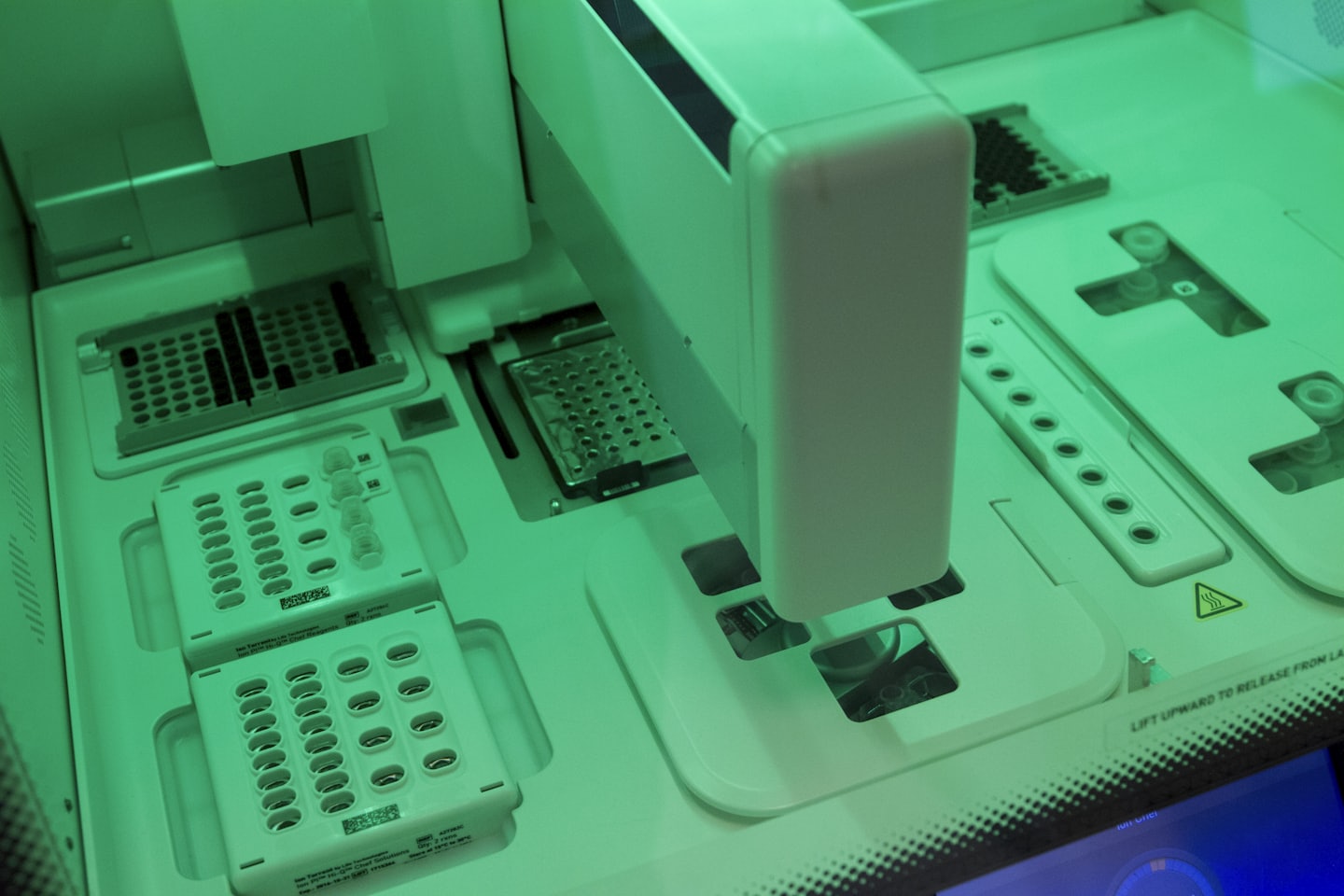Bioprinting: The Next Frontier in Healthcare
How the Fusion of Biology, Engineering, and Digital Intelligence Is Re-Shaping Medicine
🧬 Introduction: Printing the Blueprint of Life
For centuries, medicine has been reactive — diagnosing, treating, and repairing what nature made.
Now, it’s becoming creative.
Thanks to 3D bioprinting, we’re entering an era where doctors and scientists don’t just treat the body — they can build it.
Using living cells as ink and printers as the sculptors of life, researchers are fabricating tissues, organs, and even micro-vascular systems that mimic nature’s complexity.
This is more than a technological leap. It’s a paradigm shift — from healing to creation, from replacement to regeneration.
Bioprinting is the next frontier in healthcare, merging biology, digital design, and artificial intelligence into one of the most transformative innovations since the discovery of DNA.
“We are moving from organ donation to organ creation — from waiting lists to print queues.”
— Dr. Anthony Atala, Wake Forest Institute for Regenerative Medicine
🧫 What Is Bioprinting?
At its simplest, bioprinting is the process of printing living tissues layer by layer.
Instead of plastics or metals, the printer extrudes bioinks — mixtures of living cells, hydrogels, and growth factors that replicate the body’s natural environment.
The Core Process:
-
Modeling: Using imaging (MRI, CT scans) or CAD software to design a 3D model of the tissue.
-
Printing: Depositing layers of bioink in precise patterns to recreate the structure of human tissue.
-
Maturation: Cultivating the printed construct in a bioreactor, allowing cells to grow, connect, and function.
The result? Living tissue that looks, behaves, and heals like the real thing.
⚙️ How Bioprinting Is Revolutionizing Medicine
Bioprinting is more than a laboratory experiment — it’s reshaping nearly every field of healthcare.
1. Regenerative Tissue Therapy
Scientists can now print tissues to repair or replace damaged organs.
-
Bioprinted skin grafts for burn victims.
-
Cartilage implants for joint repair.
-
Cardiac patches that restore damaged heart tissue.
These are no longer distant dreams — early versions have already been tested successfully in animals and human trials.
2. Organ Models for Drug Testing
The pharmaceutical industry spends billions on animal testing and clinical trials, often with limited accuracy.
Bioprinting offers a humane, high-precision alternative: mini-organs (organoids) that replicate human biology at the cellular level.
-
Bioprinted liver tissues can predict drug toxicity.
-
Kidney and lung models simulate metabolic and respiratory responses.
-
Tumor organoids help oncologists test cancer treatments on patient-specific tissue.
This leap enables personalized drug development — faster, safer, and more effective.
3. Personalized Medicine and Precision Surgery
Imagine a world where your treatment is printed just for you.
With bioprinting and AI-driven modeling, doctors can create:
-
Custom bone and dental implants fitted perfectly to patient anatomy.
-
Bioprinted vascular grafts made from a patient’s own cells.
-
Surgical training models that match real human tissue.
Every print is unique — your DNA, your design, your cure.
4. The Ultimate Goal: Printing Functional Organs
More than 100,000 people in the U.S. are waiting for organ transplants — and thousands die each year waiting.
Bioprinting may soon solve this crisis by allowing scientists to print entire organs, cell by cell.
Recent breakthroughs:
-
Bioprinted mini-hearts that beat autonomously.
-
3D-printed kidney scaffolds seeded with stem cells.
-
Complex vascular networks capable of sustaining blood flow.
While full-scale human organs are still in development, progress is accelerating fast — and AI modeling is making organ printing more predictable than ever.
“The day we print a fully functioning heart will mark the end of the organ shortage — and the beginning of a new human era.”
— Dr. Jennifer Lewis, Harvard Wyss Institute
🤖 Bioprinting Meets AI, Blockchain & Quantum Science
The next stage of bioprinting’s evolution lies in convergence — where digital intelligence meets biological creation.
-
AI helps design optimized tissue geometries, simulate growth behavior, and control print precision.
-
Blockchain provides traceability and IP protection, ensuring ethical handling of biological data and transparent collaboration across research institutions.
-
Quantum computing accelerates molecular simulations, reducing time to design new bioinks or scaffold materials.
At Bioprinting World, this convergence is called BioTech 5.0 — a global ecosystem where data, DNA, and design are all connected.


💠 Economic and Ethical Impact
Like any transformative innovation, bioprinting brings both opportunity and responsibility.
Economic Revolution
The global bioprinting market is projected to surpass $6 billion by 2030, creating entirely new industries — from biofabrication startups to 3D tissue print farms for hospitals.
It also aligns with decentralized funding models such as DeSci (Decentralized Science), where platforms like 3D Printing Ventures and $3DP tokens enable global participation in biotech investment.
Ethical Frontier
Printing life raises questions:
-
Should bioprinted organs be patented?
-
Who owns the data behind a living design?
-
How do we ensure equitable access to printed therapies?
To ensure fairness and safety, blockchain-based registries may become the ethical backbone of bioprinting — enforcing transparency while rewarding innovation.
🌱 Sustainability and the Future of Medicine
Bioprinting is inherently sustainable medicine.
-
No animal testing.
-
Less biological waste.
-
Localized production in hospitals.
-
Custom printing that eliminates over-manufacturing.
In the future, medical centers may run bioprinting labs on-site, printing tissues as easily as pharmacists dispense pills.
This means faster recovery, lower costs, and personalized solutions — healthcare that literally adapts to your biology.
🧭 The Road Ahead
The first decade of bioprinting was about possibility.
The next decade will be about accessibility.
Expect to see:
-
Bioprinted tissue banks supplying hospitals worldwide.
-
AI-automated bioprinters running 24/7 with self-calibrating accuracy.
-
Tokenized research funding enabling open-source medical breakthroughs.
-
Regenerative health platforms integrating bioprinting with genomics, nanotech, and stem-cell engineering.
What began as a niche experiment is becoming the foundation of the post-industrial healthcare economy.
🚀 Conclusion: Printing the Future of Healing
Bioprinting is more than a medical tool — it’s a philosophical turning point.
It challenges our understanding of what life is, who creates it, and how we heal ourselves.
From personalized tissues to printed organs, the boundaries between biology and technology are dissolving — and in that space, humanity is reinventing itself.
“Medicine once repaired the body. Now it can rebuild it.”
— Bioprinting World Manifesto
The future of healthcare won’t just be practiced in hospitals —
It will be printed, layer by layer, in the language of life.


Leave a Reply